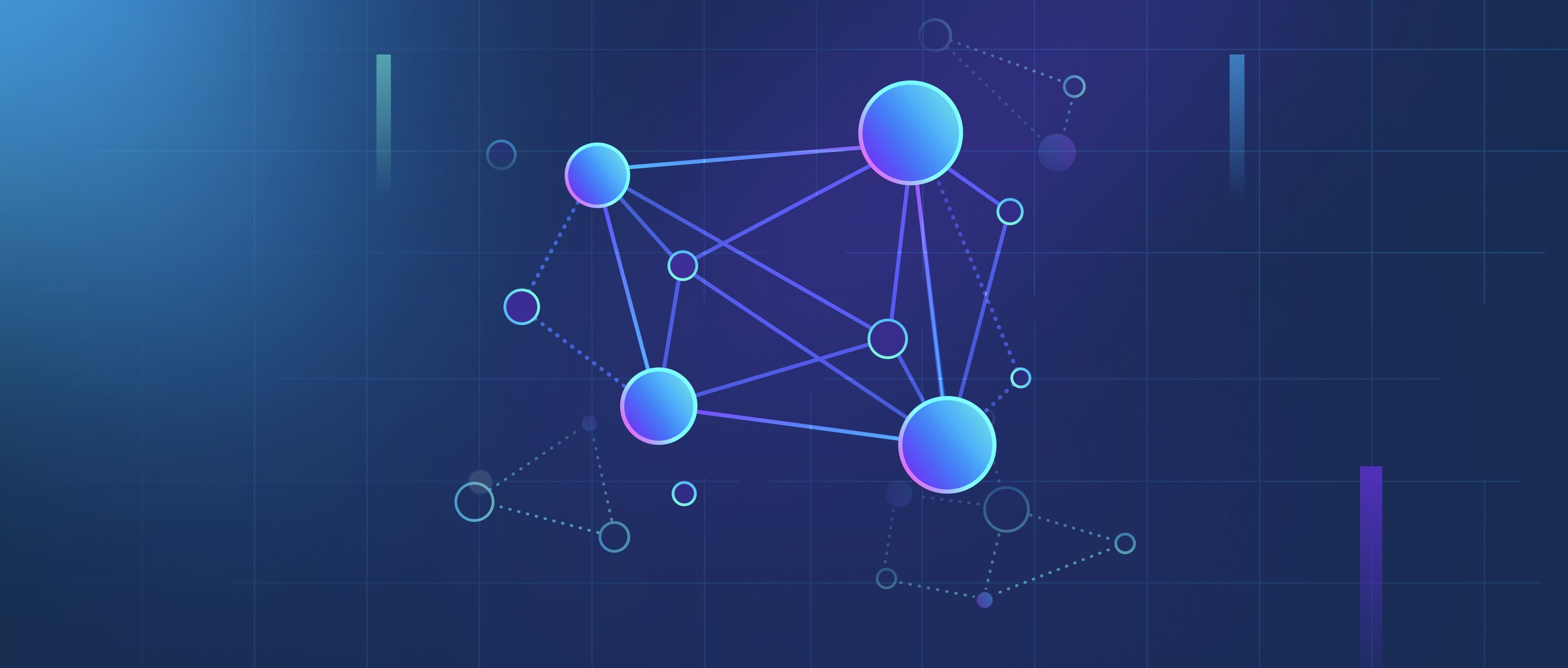Yes, LangChain can interact with databases and external APIs. This capability allows developers to build applications that can fetch, store, or manipulate data based on user queries or defined tasks. By integrating LangChain with databases and APIs, developers can create more dynamic and responsive applications that leverage real-time data.
When working with databases, LangChain can facilitate the connection to various types of databases, such as SQL (like PostgreSQL or MySQL) and NoSQL (like MongoDB or Firebase). Developers can write queries to retrieve specific data or perform updates directly from their applications. For instance, if you have a chatbot built with LangChain, it might query a database to fetch user information, such as preferences or previous interactions, which can help personalize responses. The integration with databases typically involves using ORM tools or direct SQL queries, making it easier for developers to handle database operations seamlessly.
For external APIs, LangChain can make HTTP requests to fetch data or perform actions by interacting with RESTful or GraphQL APIs. This means you can pull in information from various online services, such as retrieving weather data from a weather API or accessing user data from a social media platform. An example of this would be a LangChain application that uses a news API to provide users with the latest headlines. By fetching the data directly from the API and processing it through LangChain’s language models, developers can offer users relevant and timely information based on their inquiries. This makes it straightforward to combine capabilities from multiple sources into a single application.
